
Hello friends. I previously shared the first part of our journey in Andalusia, where we explored the magnificent holiday town of Nerja, visited the enchanting city of Málaga and hiked along the famous King's Path, Caminito del Rey. In this post I will talk about my visit to an extraordinary place that attracts thousands of tourists every year.

Our journey began in Granada. It took us about an hour by car from our accommodation in Nerja to get there. We visited one of the most important cities in Andalusia, missing out on this place while in the region would be almost impossible.

In Granada we first visited not the historic city center but a must-see landmark: the Alhambra palace

Contrary to popular belief, the Alhambra is not just a palace or the residence of the Nasrid dynasty. It is also a city in itself. This vast complex requires at least 3–4 hours to explore.

The Alhambra is an architectural and landscape marvel, featuring ancient palaces, a fortress and the gardens of Muslim rulers. Considered the pinnacle of Moorish architecture in Western Europe, it now serves as a museum of Islamic art and culture, attracting millions of visitors annually.
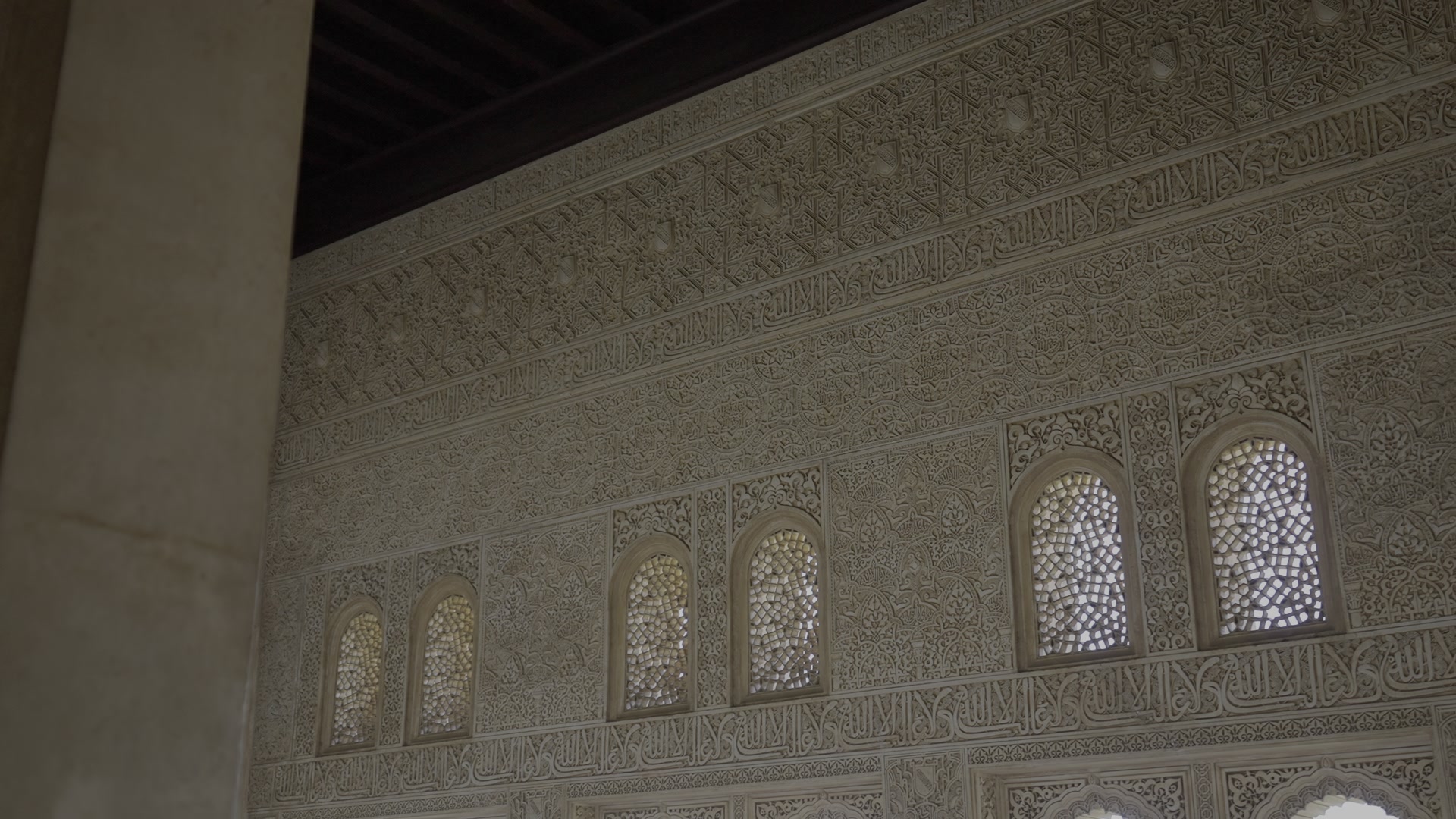
This remarkable site is located on a rocky plateau to the east of Granada, in southern Spain. Poets have described it as a shimmering emerald set against a backdrop of lush forests, a deep blue sky and the snow-capped Sierra Nevada mountains.

The name Alhambra translates from Arabic as The Red Castle. Some researchers believe this name originates from the reddish clay used in its construction, while others think it comes from the red torches that illuminated the site during its construction.

The development of the Alhambra began with the Muslim conquerors who arrived on the Iberian Peninsula in the 7th century. During the Nasrid dynasty, Granada became the capital of Moorish Spain. The Moorish rulers aimed to create a paradise on earth in the lands they had conquered and the Alhambra stands as the most magnificent realization of this vision.

Thus the Alhambra, rising among the shaded gardens of Granada, became the residence of conquering emirs. At that time the vast complex, enclosed by walls, included mosques, residences, baths, gardens, storage areas and cemeteries.

The interior decorations of the complex are architectural marvels adorned with courtyards, terraces, fountains, water channels and pools that harmonize with the Alhambra's stunning gardens. Elegant arches, delicate columns and intricately carved windows create an extraordinary aesthetic. The entire structure is decorated with intricate Arabic calligraphy, floral motifs, colorful mosaics, ceramic embellishments and masterful wood and stonework.

Water and light play a significant role in the overall composition of the Alhambra. Water sparkles in fountain droplets, murmurs through channels, cascades down tiered waterfalls and fills the pools. All of this beauty is spread across a vast area surrounded by fragrant orange trees, cypress corridors and blooming flowers. The Alhambra's water needs were met by spring waters from the foothills of the Sierra Nevada. For the Moors water in architecture was as essential as columns were for the Greeks.

The road from Granada to the Alhambra continues through parking areas, from the Nar Gate to the Justice Gate. This was the main entrance to the Alhambra during the era of the Moors. On the large horseshoe arches above the gates, there are Arabic inscriptions.

The Alhambra is a complex made up of courtyards, passageways and towers. Each section served a specific purpose. For instance, the Myrtles Courtyard gets its name from the evergreen myrtle hedges, while the Hall of the Two Sisters is named after the two large white marble slabs embedded in the floor. The plaster decorations and tile work in this hall are considered some of the most elegant examples of Alhambra's art. The ceiling is a massive Arab muqarnas dome made up of more than 5000 small cells.

The Lion’s Courtyard is famous for its fountain surrounded by twelve lion statues. The Ambassador’s Hall was constructed for official ceremonies held in the palace. The star motifs on its high ceiling create an impressive play of light, resembling the sky.




The Alhambra also features many towers. These towers are famous for their viewpoints, where you can observe the surrounding landscape and pool-filled halls. The Torre de la Vela, located at the eastern end of the palace, offers a different atmosphere with its arched hall, pool and small mosque.

Another structure that sharply contrasts with the rest of the complex is the Palace of Charles V, built by Holy Roman Emperor Charles V in the 16th century. This palace appears square from the outside, but it has a circular courtyard inside. The courtyard is decorated with Ionic columns on the upper floor and Tuscan columns on the lower floor, which now hosts music and dance performances. Inside the palace, you will find the Alhambra Archaeological Museum and the Granada Museum of Fine Arts.

The Alhambra possesses all the features of a classic medieval castle. The upper floors were reserved for aristocrats, soldiers and dignitaries, while the lower floors were used by merchants and common folk. In 1241 Granada’s governor, Ibn el-Ahli, laid the foundations of this magnificent structure, turning the Alhambra into the grand complex we see today.
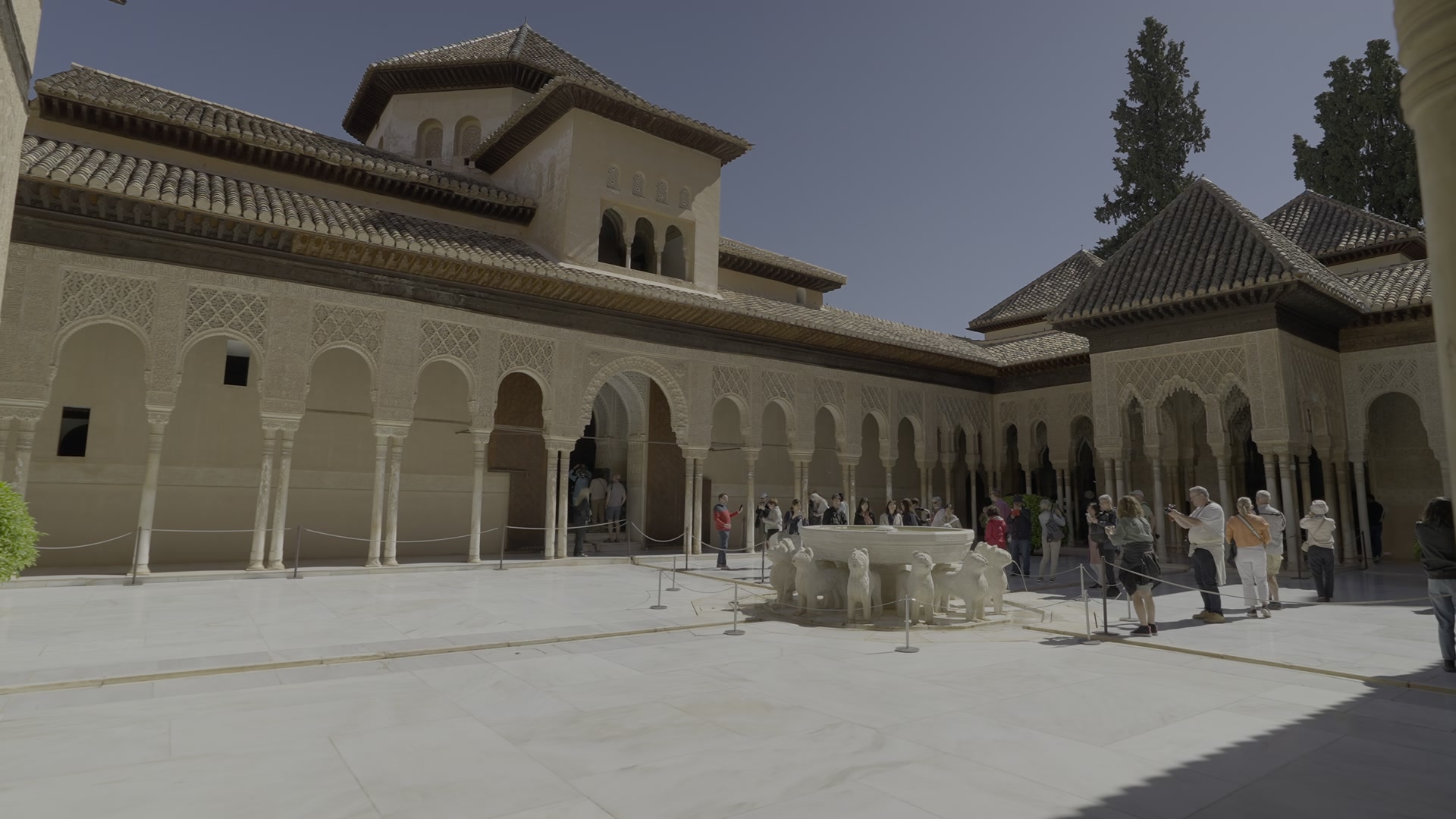
Muhammad I Nasrid ruled until the late 15th century, but eventually Queen Isabella of Castile succeeded in reclaiming Granada. Granada was the last region to join the Kingdom of Spain, completing this process by the end of the 15th century. At the same time the Alhambra was built under the orders of Muhammad I. By early 1492, 700 years of Muslim rule came to an end and the Spanish Christian kings expelled the Nasrid dynasty, which had ruled the city for 250 years.

An interesting detail is that Granada was able to maintain its independence for many years by paying taxes to the Spanish treasury without formally joining the Kingdom of Spain. The main reason for this was the extraction of gold from the Darro River, which was used to pay the taxes.

The Alhambra consists of four main sections: the aforementioned Alcazaba military fortress, the Nasrid Palaces, the summer palace and the Palace of Charles V. Between these structures is a labyrinth resembling a heavenly garden. The gardens are so impressive that they seem to be pieces of the sky itself. Therefore it's quite easy to lose your way here and it can be difficult to explore without a guide.

By the way a small note: All my friends and acquaintances who heard I was going to Andalusia strongly recommended that I visit the Alhambra. Most of them smiled and asked "Did you buy your tickets in advance?" And indeed it was a very pertinent question because the place is incredibly popular and finding tickets can be quite difficult

If you want to visit the palaces you should purchase your tickets well in advance. Tickets for the gardens are easier to find, but getting tickets for the palace and fortress is almost impossible. You won’t find available tickets on the official site or with ticket vendors, especially during peak tourist season.

Another important detail is that if you manage to get tickets for the Alhambra, make sure you have your original passport with you. It’s very difficult to enter without your passport. At some entrances, your passport will be scanned. We had to show our passports three times. If the passport cannot be scanned, your ticket is scanned instead, but the most important document for entry is your ID or passport. Keep this in mind.

During our approximately three-and-a-half-hour visit, the most important lesson I learned was: There is good in everything. We had planned to only visit the gardens without the palace tickets, but being able to join a guided tour turned out to be a great fortune for us. The Alhambra is so large and complex that exploring it without a guide is extremely difficult. Without a guide it’s hard to fully understand and discover the Alhambra.

Navigating through the complex can be quite difficult and it’s hard to fully grasp what you’re looking at since there are no explanations for the structures in front of you. Therefore, if you’re visiting for the first time, I highly recommend going on a guided tour. However, on your second, third or subsequent visits, exploring on your own can be much more enjoyable.

One of the most beautiful parts of the Alhambra, in my opinion is the Generalife Gardens, which is also the site of the summer palace. Generalife is a summer palace built at a higher elevation than the Alhambra and the most striking feature here is the long, fountain-lined pool located in Patio de la Acequia. And there are terraced gardens, pergolas and groves of cypress trees that provide coolness even on the hottest summer days. There’s not much to see in the old royal chambers, but the most important feature is the Sultan’s Balcony, which offers magnificent views from the highest point of the gardens.

As we passed through the gardens, we came upon a viewing terrace called Radora de la Sultana, from where we enjoyed breathtaking views of Granada and the Alhambra. Towards the end of our tour, we arrived at a path lined with flowering oleander trees and a medieval Medina waiting for us.

The name Generalife, which means "Gardener’s Garden" in Spanish clearly has Arabic roots. The Generalife Gardens are located on the Sierra del Sol and are very close to the Alhambra, although it still requires a bit of walking. An interesting detail is that the weather in the Alhambra can be quite cold. If you plan to visit in spring instead of the hottest summer months, be sure to bring warm clothes. When we arrived at the Alhambra around 10 am, the temperature was around 10-12 degrees celsius. Let me put it this way: While the temperature in Granada during the day rises to 20-22 degrees, the high altitude and sharp winds made us feel quite cold in the morning. So unless you’re visiting in the peak of summer, I recommend wearing warmer clothes instead of shorts and a light T-shirt.

There are a couple of hotels within the Alhambra itself. If I remember correctly there are two. One is the very luxurious Alhambra palace hotel, a five-star hotel with dazzling décor reminiscent of the Nasrid palaces. Of course, the accommodation prices here are quite high, ranging from 300 to 500 euros per night. But the most interesting thing is this: Staying at this hotel does not grant you free access to the Alhambra or its palaces. Even if you stay here, you will still need to purchase a separate entrance ticket.

And so our visit to the most precious jewel in the crown of Granada, the Alhambra came to an end. For the rest of the day, we decided to continue exploring the old town of Granada, wandering through the streets of this fascinating place.

















Granada one of Spain’s oldest cities is located in eastern Andalusia, at the foot of the Sierra Nevada Mountains. As I mentioned earlier, this city was once the capital of a Moorish kingdom and one of the last strongholds of Muslims in the Iberian Peninsula. As a result remnants of the Moorish era can be found almost everywhere in the city. Granada has a unique atmosphere that blends the east with the west. As the saying goes Granada is the soul of Andalusia,a city with a rich historical legacy where different cultures have intertwined. There is something to discover for everyone here.













We begin our exploration of the city perhaps with its most important landmark: the Granada cathedral. The construction of the cathedral took a long time and spanned several centuries. Construction began immediately after the city was taken from the Moors in 1492. It was decided to build a colossal cathedral to immortalize the victory of Catholicism. The foundation of the project was laid by Queen Isabella of Spain and construction began in 1523 during the reign of Emperor Charles V. The cathedral was built on the foundations of a destroyed mosque. Initially it was planned to be in the Gothic style, but over the 200 years of construction, the style shifted, resulting in a mix of Baroque and Italian Renaissance styles.
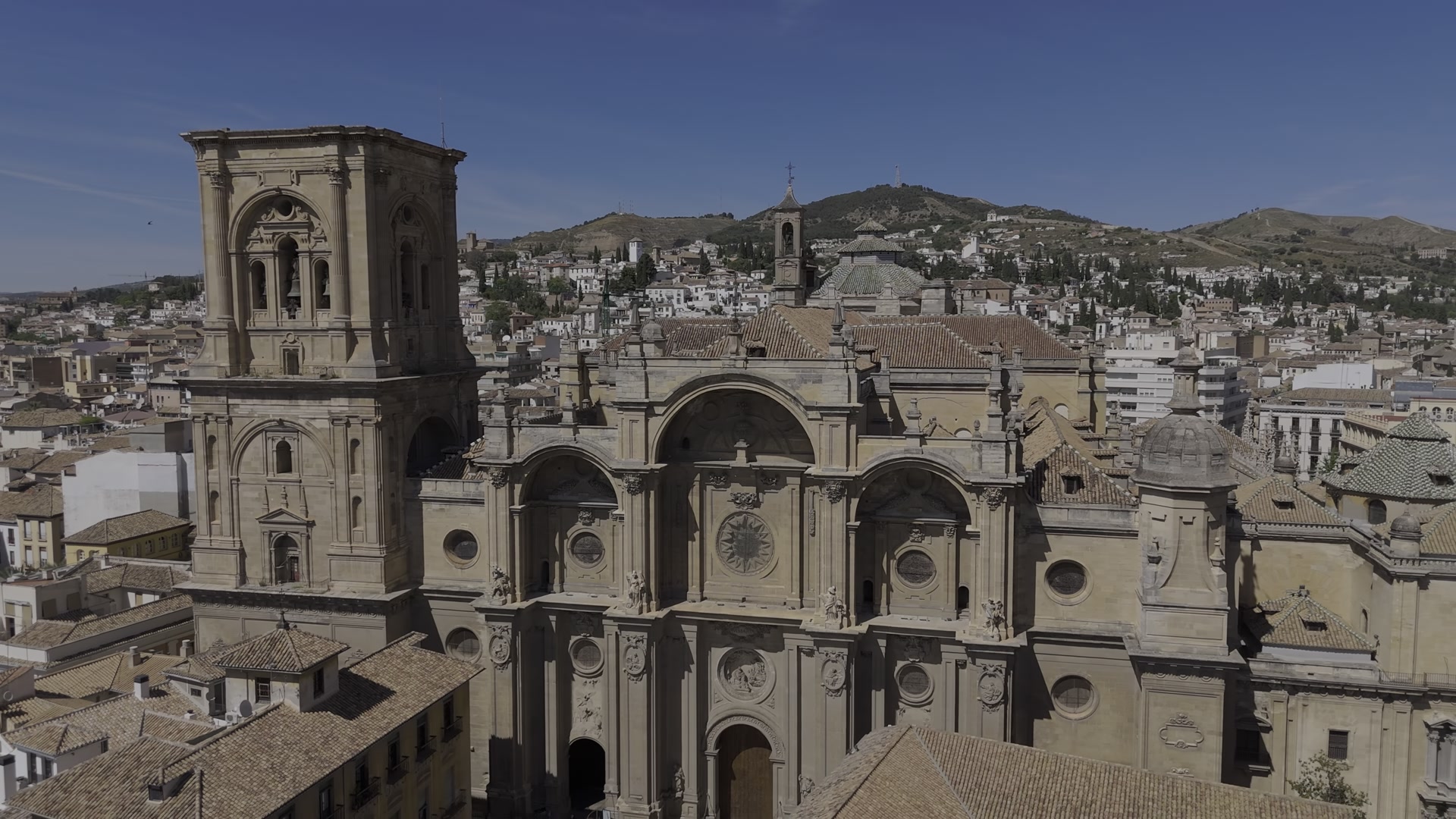
The façade of the cathedral is decorated with three victory arches, which rest on pilasters. The walls feature bas-reliefs, marble medallions and various statues. The upper part of the cathedral is crowned with a lily vase symbolizing the purity and innocence of the Virgin Mary. Two of the main entrances are the "Gate of Forgiveness" and the "Gate of Saint Jerome". The cathedral was further adorned with decorations and statues added in the 15th century.






The interior of the cathedral is highly impressive. Thanks to stained-glass windows and large windows that allow plenty of light, the interior is very bright. The décor dominated by white and gold tones, gives the space a majestic feel. The total length of the building is 67 meters, with the main dome reaching a height of 45 meters.



In the 15th century, the Royal Chapel was added to the northern side of the cathedral. In the 18th century, the Iglesia del Sagrario (Church of the Sacrament) was built on the southern side. The Royal Chapel houses the tombs of the Catholic Monarchs. Beneath the crypt are the tombs of Queen Isabella I and her husband King Ferdinand II. The walls of the chapel are decorated with biblical-themed bas-reliefs, statues and Renaissance period embellishments. Beneath the main altar, there is a grand monument with statues of the Catholic Monarchs.





One of the most interesting aspects of the Granada Cathedral is its rather simple exterior. The building does not look impressive from the outside, but once you step inside, it reveals a captivating atmosphere. The interior design, with its large religious niches, colossal medieval hymn books and mystical lighting, is sure to leave visitors in awe.

By the way, the cathedral offers Wi-Fi services, so you can download an audio guide tour on your mobile phone to enhance your visit. This is definitely recommended as it will help you learn more details about the cathedral's history.



Granada’s magnificent cathedral is definitely a must-see. After visiting the cathedral, let’s take a stroll through the enchanting old streets of Granada. As I mentioned earlier, Granada is one of Spain’s oldest cities, with a Phoenician settlement dating back to the 5th century bc. Later, the Romans arrived on the Iberian Peninsula and established a city called Iliberis here. After the fall of the Roman Empire, the city came under the control of the Vandals, then the Byzantines and eventually the Visigoths.





In 711 Granada was conquered by the Muslims and during this period, the city was known as Ilibira. The old town was called Kal'at Garnata, which over time evolved into the name Granada. By the way, the word "Granada" means "pomegranate" in Spanish. So, you can find pomegranate-shaped souvenirs all over the city, as the pomegranate is one of Granada’s symbols.


After the fall of Córdoba, Granada became one of the wealthiest cities in Andalusia. After the city was captured by the Christians, former mosques were converted into churches, its architectural appearance was altered and some historical artifacts from the Islamic period were destroyed. Until the mid-10th century, Granada didn’t experience many significant changes, mainly due to natural disasters and economic stagnation. The city's development only gained momentum with the Industrial Revolution, but this process was interrupted by the Spanish Civil War and the Franco regime.




Granada is also a gastronomic paradise. It has a culinary culture that blends traditional Andalusian, Spanish and Arab cuisines. The use of spices clearly reflects the influence of Arab cuisine. Some of the region's main dishes include beans and ham, the Andalusian omelette and sardines, which are commonly eaten along the coast.




One of the best traditions in Granada is the free tapa served alongside your drink. If you’d like to taste local wine, you can order un costa. Another popular drink is tinto de verano or summer wine. Also the famous Granada beer, "Cerveza Alhambra" is definitely worth trying. If you’re looking for an exotic experience, you can try traditional teas at the tea houses in the Arab Quarter, Albayzín.




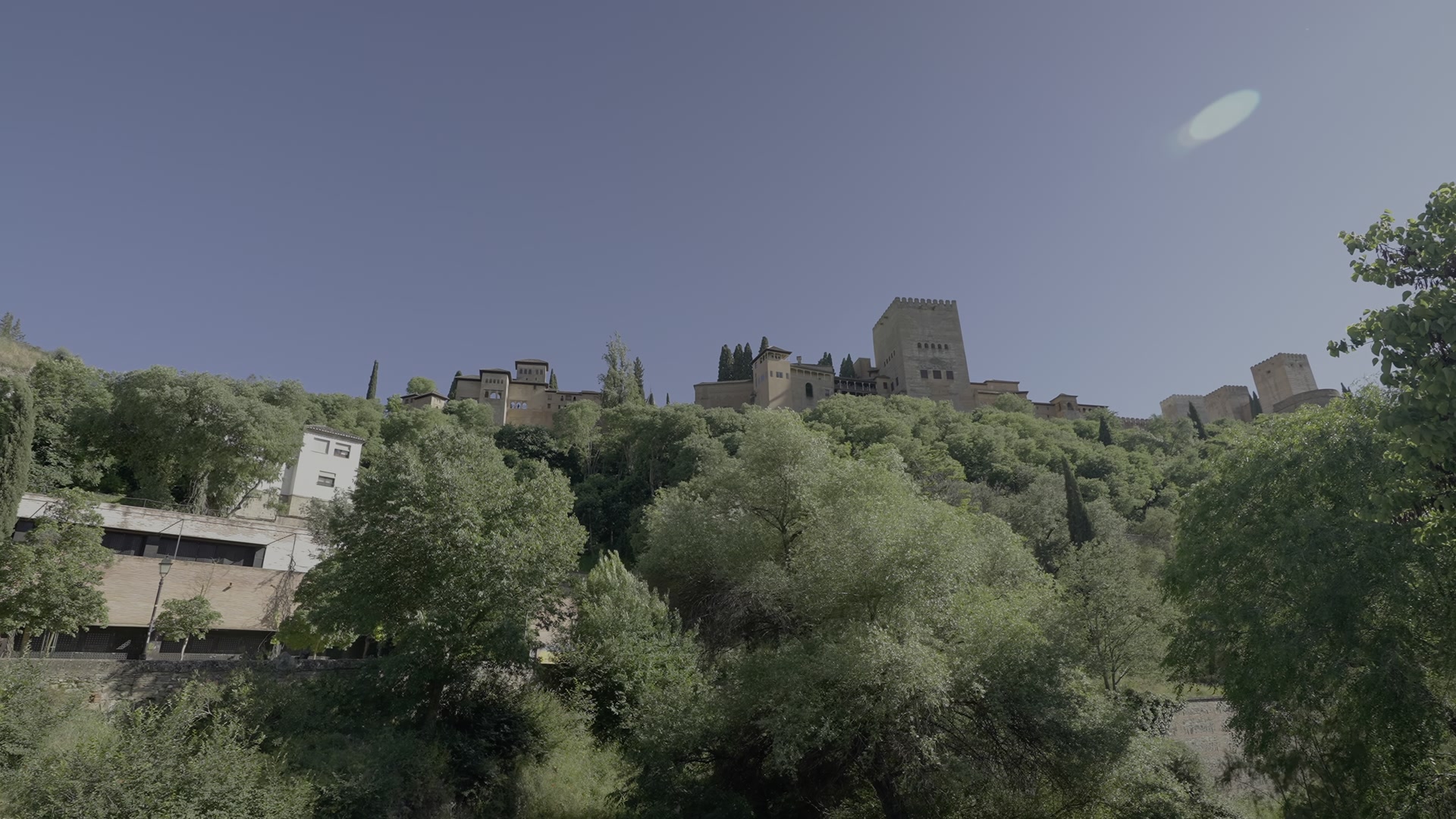
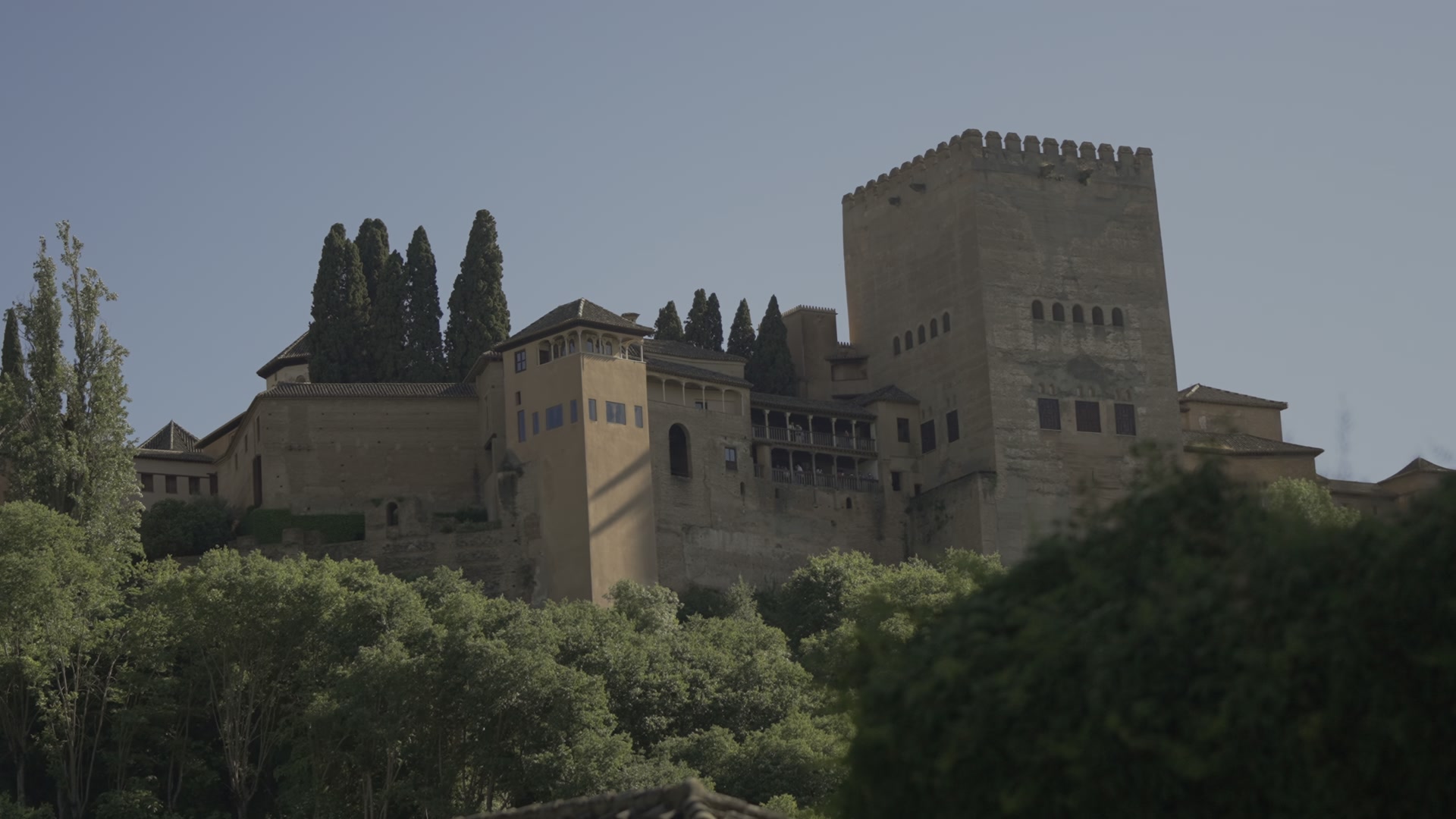



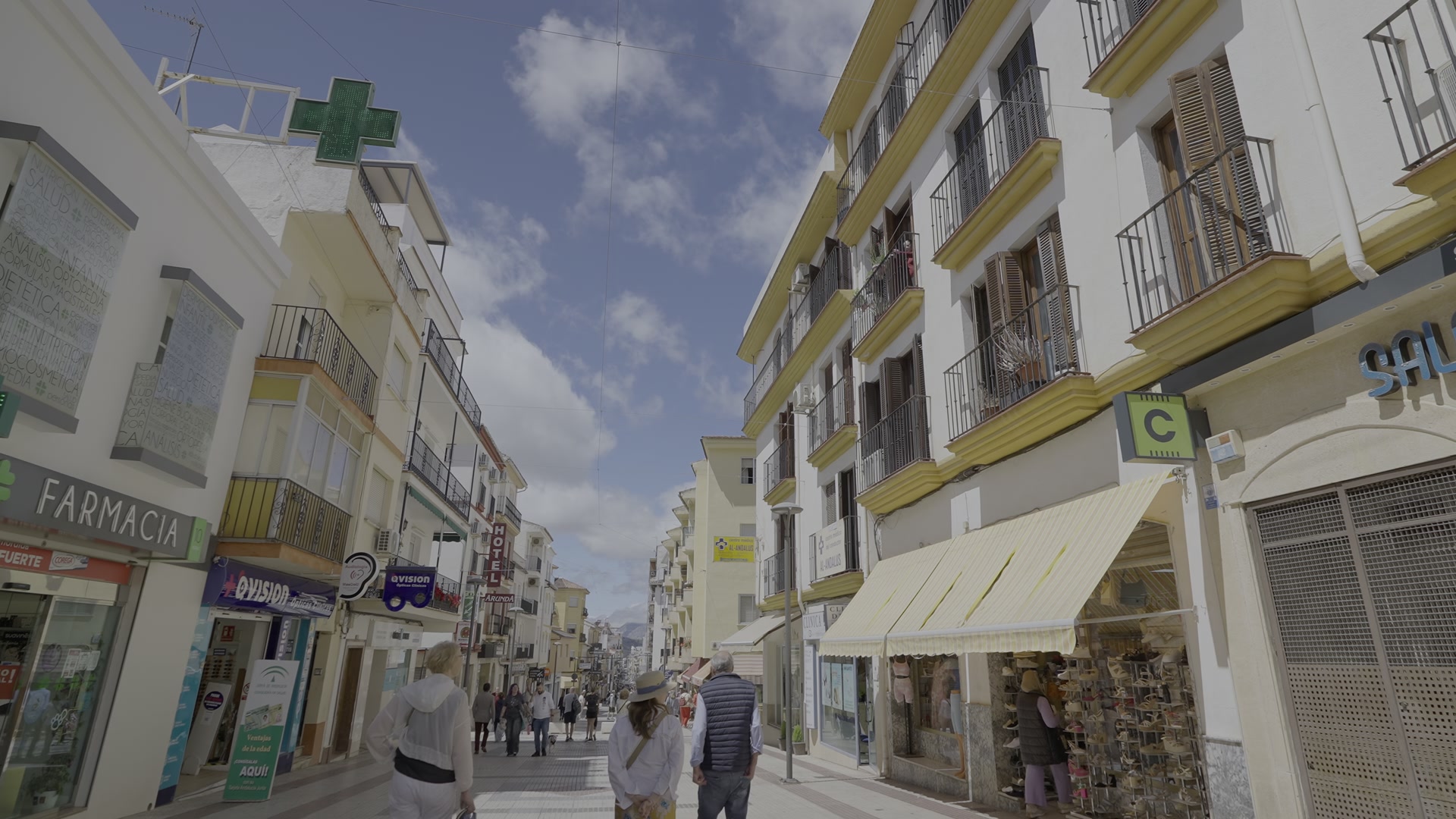

Albayzín is Granada’s old Andalusian quarter. This is one of Granada’s oldest and most authentic neighborhoods, with its whitewashed houses and narrow cobblestone streets. It’s nearly impossible to walk here without wearing comfortable shoes. Colorful clothes are dried on the terraces and inner courtyards. The elderly Spanish women of the neighborhood chat and observe the surroundings from windows or doorways.





Historically Albayzín was home to Jewish traders and craftsmen. Since 1984 this neighborhood, along with the Alhambra and Generalife Gardens, has been included in the UNESCO world heritage List. Many Islamic period artifacts are still preserved here. If you ever find yourself in Granada, make sure to take a stroll through this neighborhood and feel the historical atmosphere.





After finishing our visit to Granada, we headed to another destination about 10 minutes away: Frigiliana – The White Village of Andalusia.


If you want to see a traditional Spanish village, welcome to Frigiliana. This is a typical Andalusian village with whitewashed houses, not far from Málaga. Honestly it reminded me a bit of the Cycladic architecture in the Greek islands, especially Santorini and Mykonos.

Frigiliana’s location has been a key factor in its historical appeal. When the Romans arrived in 206 bc, they gave the village its current name. Later in 711, the Arabs took control of the area and built a castle here in the 9th century called El Castillo. In the 13th and 14th centuries the village was part of the Nasrid Kingdom. However, in 1485, it was passed to the Christians after the conquest of Granada.

Although Muslims continued to live here, over time they lost many of their rights. In 1569 there was a rebellion led by the Moriscos, which was brutally suppressed by the army of King Philip II of Spain. Several remnants of the castles from that period are still visible today.

Frigiliana has faced many disasters throughout history, such as plague outbreaks, earthquakes, diseases that ruined the vineyards and other natural calamities. The village nearly disappeared, but thanks to the development of tourism in the 20th century Frigiliana revived.
Today the village has a peaceful atmosphere with its cobblestone streets, whitewashed houses, colorful flower pots and small cafes. Some visitors even say it reminds them of the Blue City of Morocco, Chefchaouen.
Our gastronomic adventure continued here as well. This time instead of the traditional red sangria, we tried a white sangria made with cava. Cava is Spain’s champagne-style sparkling wine and it adds a refreshing taste to the sangria. Honestly I liked it more than the classic red sangria.

Our journey's last stop was Ronda. Ronda is known as the birthplace of Spanish bullfighting. The famous Romero family, who established the rules of bullfighting, comes from here.

Ronda is a stunning city located 723 meters above sea level, perched on either side of a deep canyon. Its most important landmark is the Puente Nuevo, built between 1759 and 1793. This bridge 100 meters high, connects the two sides of the city.




During its construction more than 40 workers lost their lives. Today the rooms beneath the bridge, which were once used as a prison and torture chamber, can now be visited as a museum.


If you wish to continue exploring Ronda you can visit the bullfighting arena and the old Arab quarter. However, our journey ended here. I hope you enjoyed this trip. See you in our next adventure.